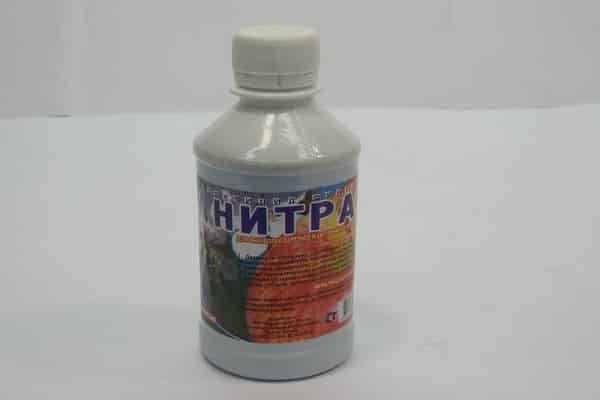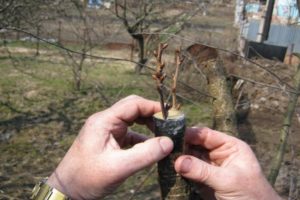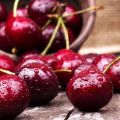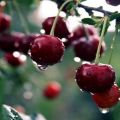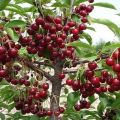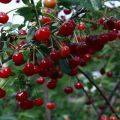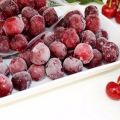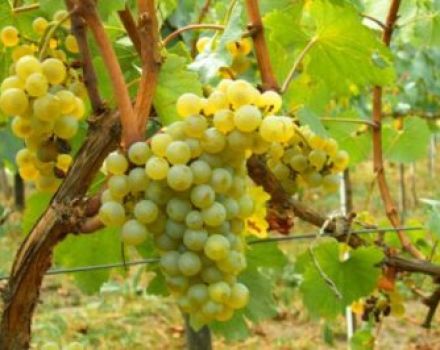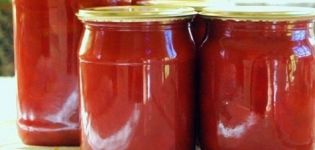Description and characteristics of the Molodezhnaya cherry variety, planting and care, pruning and pollinators
Among the varieties of cherries, one must choose crops with different ripening periods for growing in the garden. It is necessary to take into account the climatic conditions of growth, unpretentiousness in care. Such qualities are inherent in Molodezhnaya cherry, which was bred by breeders in the early 90s of the last century. The culture is suitable for gardeners in the Central Region. Cherry is preferred for growing in the Urals and Siberia.
Description of Molodezhnaya cherry
The bushy cherry variety Molodezhnaya has a small height of 2-2.5 meters. Branches lowered to the ground form a compact round crown. Thanks to this, the bush can claim a place in small gardens.

On branches covered with brownish-brown bark, leaves of an oval structure with crenate edges hang densely. They are dark green above, and lighter below. Cherry blossoms begin after May 10, when the bush is covered with snow-white inflorescences, each of which has 3-7 flowers with a diameter of 3 centimeters. Cherry pistils and stamens are the same in height, so pollination happens by itself.
The description of the variety also includes the characteristics of the berries. It is noted that cherry fruits:
- large, weighing up to 4-5 grams;
- burgundy color at technical maturity;
- have juicy and firm flesh;
- they taste sweet, with a slight sourness, without astringent qualities;
- fragrant.

Like common cherries, the crop is covered with ripe berries in the second half of July. The yield of the variety increases as the bush matures, the growing conditions improve, the rules of care. From one bush, the yield reaches 12-15 kilograms of berries.
The variety bears fruit every year. A feature of the fruit is that the stone is easily separated from the pulp. Dark red aromatic juice is squeezed out of them.
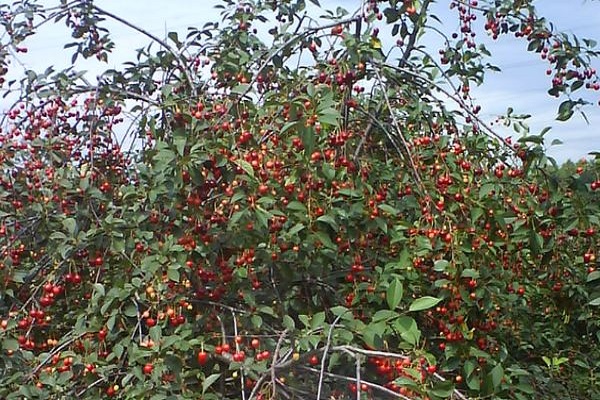
Characteristics of the variety
The full characteristic of the Molodezhnaya cherry variety includes the fact that the culture:
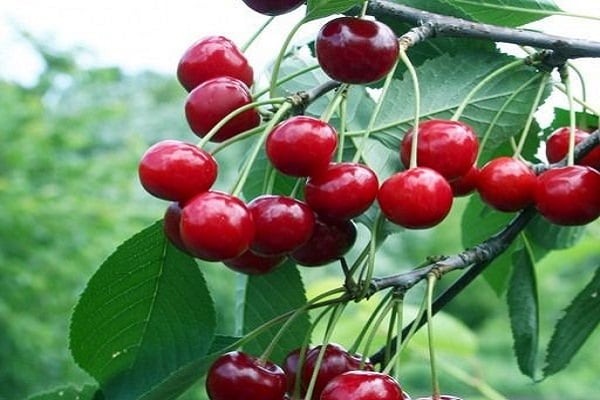
- Drought-resistant. Easily tolerates high summer temperatures and can do without watering. But after planting a tree and during the onset of the period of fruit formation, it is necessary to water the bushes.
- Frost resistant. There is no need to cover the trees for the winter. They easily tolerate a drop in air temperature.
- Self-fertile. 40% do not need pollinators. But it is better to plant Vuzovskaya, Lyubskaya, Turgenevskaya cherries next to them. Molodezhnaya itself plays the role of a pollinator for crops of late maturity.
- High-yielding. The number of fruits depends on the age of the cherry. Starting to give berries from the 2-3rd year of life, the culture bears fruit for 15-20 years. Increased yields are dependent on regular pruning.
- Medium resistant to fungal diseases. The variety Molodezhnaya is affected by moniliosis and coccomycosis more in hot and humid summers.
- Versatile to use. Ripe fruits are used to prepare desserts, drinks, juice.Berries are suitable for use as filling for pies, cake decorating. Cherry jams, jams, jam are delicious.
Cherry fruits can be kept fresh for 2 months if the berries are harvested by shearing, keeping the stalk. Storage containers are lined with parchment paper and placed in cellars with a temperature of +2 or +4 degrees, well ventilated.
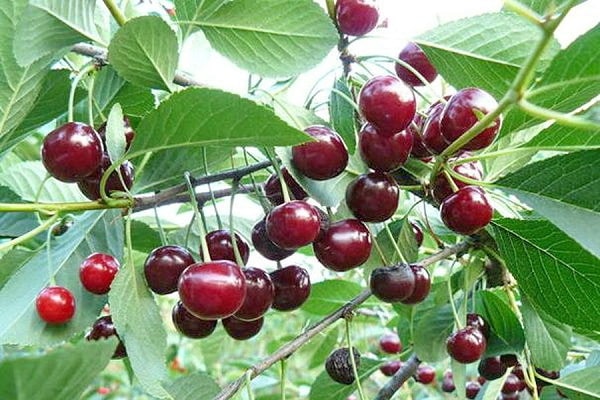
Planting and leaving
Despite the ability to produce good yields, the cherry variety will reduce high rates if the sapling is not properly planted. The growth of the bush is influenced by the choice of location on the site for the culture.
For Molodezhnaya cherries, it is important that the site for it is:
- protected from wind, drafts;
- illuminated by the sun;
- on a hill, 1.5 meters above groundwater;
- with neutral acidity, sandy loam soils.

The seedling is purchased or prepared with a height of 70 centimeters to 1 meter. Pay attention to the root system, its elasticity and quality. The roots should be up to 15 centimeters long. A seedling looks healthy if it has no damage to the bark, branches, and the leaves are juicy green.
Planting cherries begins with the preparation of the pit. It is dug out 2 months before planting, 50-60 centimeters wide and 40 deep. The distance between the planting pits reaches 3-2 meters. Fertilizers are required. Humus (2 buckets per pit), superphosphate (175 to 250 grams), potassium salt (30-50 grams) are suitable. For acidic soils, slaked lime is needed. Its enough 200 grams.
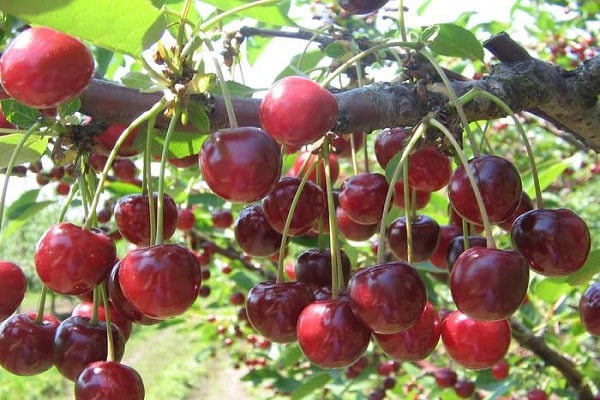
Before applying fertilizers to the pit, they must be mixed with the ground. As soon as the hole is two-thirds full, a mound of nutrient soil is poured in the middle. The seedling is placed in the center, determining the location of the root collar. Holding the bush with your hand, sprinkle the soil, occasionally shaking the seedling. In this case, the earth penetrates better between the roots.
At the end of the procedure, the soil is compacted around the tree trunk. Be sure to make a roller, highlighting the boundaries of the trunk circle. Water the seedlings abundantly, taking 2-3 buckets of water per hole. It is useful to pour then a layer of mulch of 8-10 centimeters.
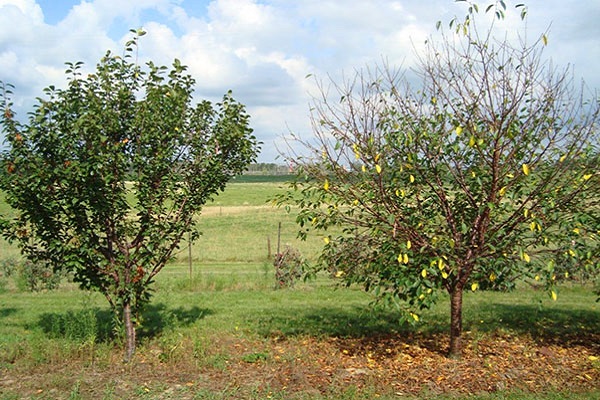
The best time to plant cherries is early May or October. Nearby you can plant cherries, apple trees. But cherry does not like the neighborhood with currants.
Care for the planting of a stone fruit culture of the Molodezhnaya variety consists of:
- bush formation;
- top dressing;
- glaze;
- loosening the soil.
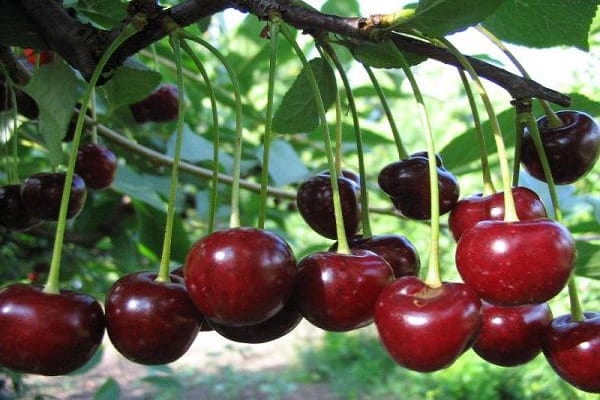
Cherry pruning is reflected in crop yield. The procedure is carried out in the spring, removing diseased and damaged branches. The root suckers are removed, leaving up to 12-15 stems with well-developed buds. Old shoots, on which dry twigs appear, and they give small berries, are cut to the base.
Mulching of the trunk circle is carried out constantly if the summer is dry... Better to apply a layer of humus directly to the snow. Then the moisture will stay better. In the fall, fertilizer is embedded in the ground. It is worth digging up carefully so as not to damage the roots. At the same time, fertilizers are applied in the form of superphosphate in an amount of 25 grams, potassium salt - 10 grams per 1 square meter.
In the summer, the trunk circle is constantly loosened with a garden pitchfork or a rake. In the spring, fertilizers containing nitrogen are added under loosening.

They are also fed with mullein, diluting in water in a ratio of 1: 5, bird droppings - 1:12. The first time you need to feed during the period when the buds are blooming. Then organics are needed at a time when the cherry blossoms. In August, it is desirable to add phosphorus-potassium mixtures. An infusion of wood ash, prepared at the rate of 50 grams per 10 liters of water, is also suitable. The Molodezhnaya cherry reacts well to the application of fluff lime every 3-5 years. Optimally, take 300 grams of lime per 1 square meter.
Cherry harvest depends on watering. Over the summer, if it is hot for a long time, you need to water it 5-6 times per season.
Spring frosts can damage young trees, so to protect cherries they are engaged in lighting up smoke piles. The protection is used during the night, when the temperature drops to +2 degrees. The operation is completed 2 hours after sunrise. Spraying the bushes with water, abundant watering of the trees will also help.
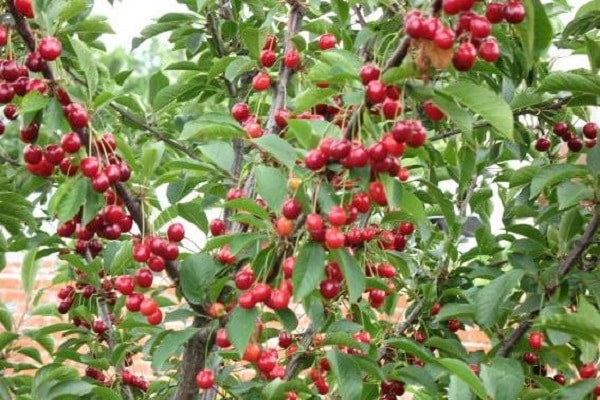
During winter, cherries are covered with snow up to 50-70 centimeters high.
It is also important to protect Molodezhnaya cherries from diseases, since they have an average resistance to fungal diseases.

Diseases of the variety
Pathogenic fungi often attack Molodezhnaya cherries, especially in warm and humid summers.
Gray rot, or moniliosis, is easy to recognize by the drying and blackening of shoots and foliage. The berries are also damaged by rot. Gray mold appears on them, in which the spores of the fungus hide. If it rains and the air temperature drops sharply, the disease spreads quickly, affecting the neighbors of the diseased tree. If signs of infection are found, it is necessary to remove the damaged parts, fruits and destroy them.

So that the tree does not completely die, it is necessary to start fighting the fungus of moniliosis in time. As soon as dried branches and leaves, flower buds are seen on the bushes, the crown is treated with a 3% solution of Bordeaux liquid. The trunk of the damaged bush is whitened with lime with the addition of copper sulfate. Processing is carried out with chemical preparations: "Tsinebom", "Topsin-M", "Kuprozan". Spray 3 times with an interval of 12-15 days. From biological preparations, "Fitosporin" is effective.
If reddish dots appear on the leaves, then coccomycosis infection has begun. With the further course of the disease, the spots begin to increase, and pinkish or whitish bulges with fungal spores will appear on the lower surface of the leaf. After that, the leaf plates turn yellow, curl, fall off. Both fruits and branches can become infected.

In the spring, before the buds bloom, the crown must be treated with Bordeaux liquid. In August and autumn, spraying with copper sulfate is necessary. Gardeners use a solution of wood ash with the addition of laundry soap to fight the disease. To do this, dissolve 1 kilogram of ash in 5 liters of water. Once a week, starting in May, cherries are sprayed with infusion.
Many garden cultures are ill with anthracnose. The fungus affects the fruit during the ripening period. Bumps with pink bloom are a clear sign of infection. If they appear on the berries, it is necessary to destroy the diseased fruits, and spray the bush with the preparation "Poliram".
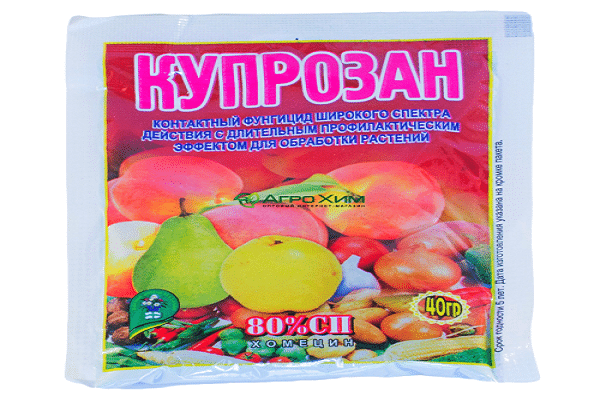
Rusty bumps on cherry leaves are also a sign of a fungal infection. Rust leads to a decrease in berries on the tree, leaf fall. You can prevent the disease by treating not only with Bordeaux liquid, but also with copper chloride. For 1 young tree, it is enough to use up to 2 liters of solution, for an adult - 2 times more. Processing should not be one-time. It is repeated 2-3 times. It is best to do this after harvest.
Velvety stains on cherry fruits carry the pathogenic spores of the fungus. If nothing is done, the organisms will spread to neighboring plants. In addition to Bordeaux liquid, you can get rid of the first signs of scab with Nitrafen.
In order to prevent the development of fungal diseases, it is necessary to clear the garden of plant residues in time, burn fallen leaves, destroy unripe, damaged fruits.
